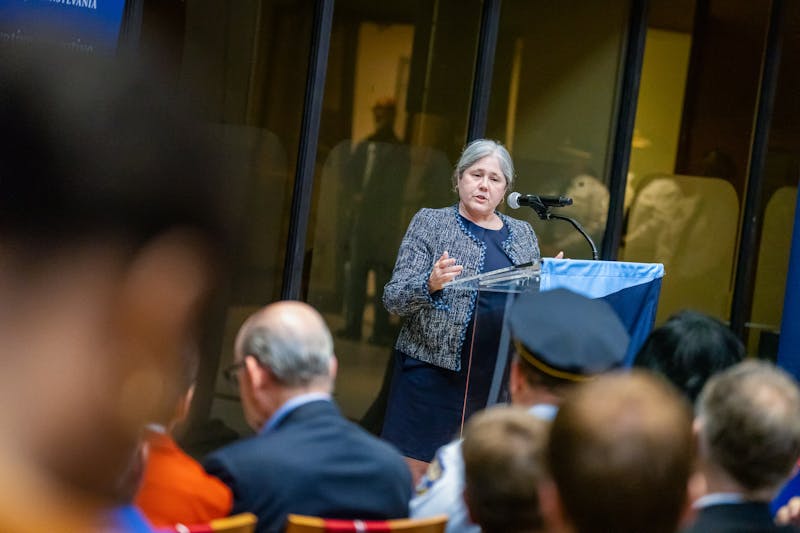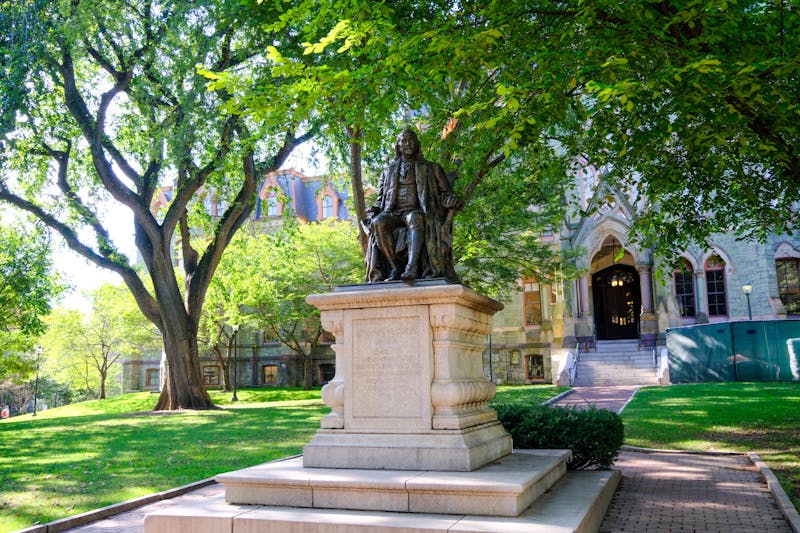
On Nov. 6., a record-breaking number of women will appear on the midterm general election ballots in Senatorial and Congressional races. Women across the country have become more active in politics on a local, statewide, and national level, as energy around the midterm elections has increased. At Penn, too, many women are excited about the future of female representation in politics.
Assistant Political Science professor Dawn Teele, a recipient of the Carrie Chapman Catt Prize for Research of Women in Politics, attributed the increase in women running for office to the Trump Administration.
“Most of the political scientists who study gender in the U.S. have talked about how it’s actually poor white women who were more likely to vote for Trump than they were for Romney," Teele said. "Poor white men didn’t switch their votes very much but poor white women, many of whom did vote for Obama, preferred Trump over Clinton. So a big category we want to be looking at is poor white women’s votes and the other category is rich white women’s votes."
The way women decide to vote this midterm, Teele said, will be a strong indication of the way pivotal demographics have shifted in the past two years. Teele said this is especially important to watch given recent developments such as the Kavanaugh Congressional hearings and the #MeToo movement.
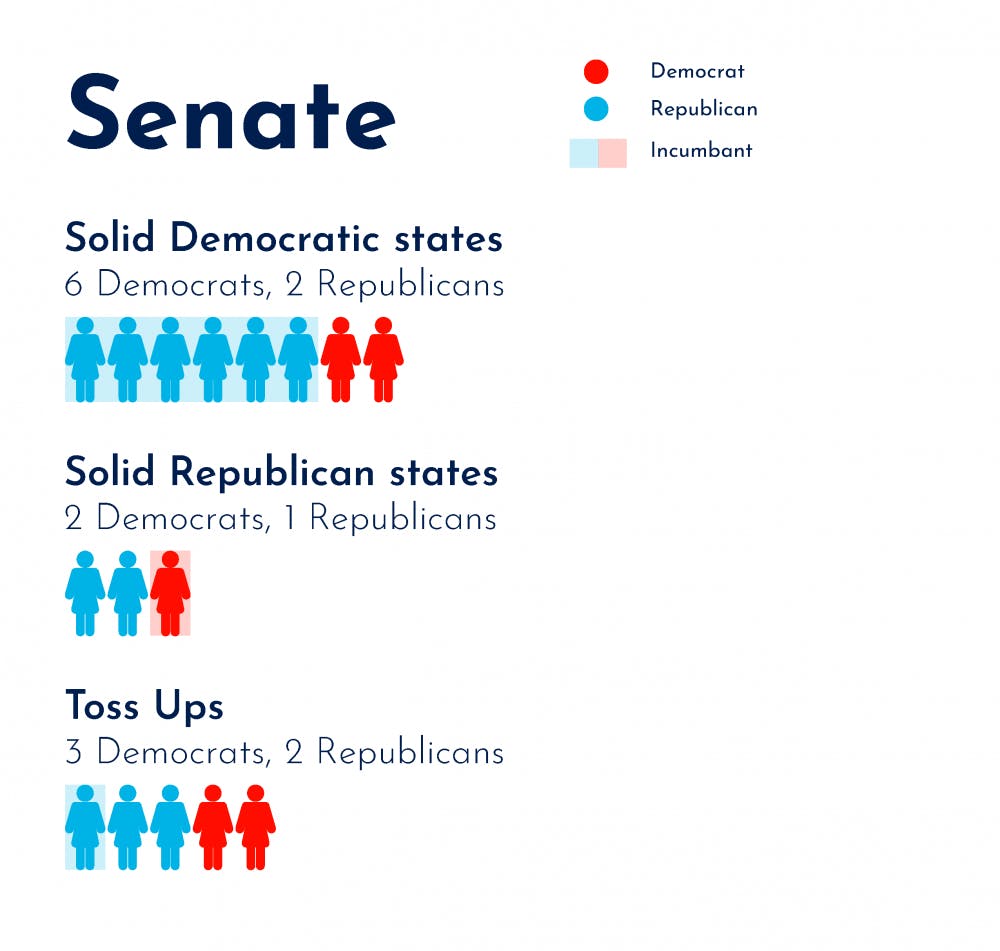
Among the record-breaking number of women running are Penn alumni, including Graduate School of Education graduate Lauren Lareau and 1984 Penn Law graduate Mary Gay Scanlon. Scanlon is running the fifth congressional district of Pennsylvania while Lareau is running in Pennsylvania's District 142.
College junior Gabrielle Fink, political director of Penn Democrats, said she was optimistic about turnout among women as a result of this record-breaking rise in representation on ballots.
"My own prediction is that there will be a record number of women voting in 2018 based on what’s happening,” Fink said. “Especially with the current administration and the rhetoric around not just women in government but women across the country, it’s really a call for action."
Fink echoed Teele's point that the rise in candidates running for election this year stems directly from the turbulent political climate.
As of early October, 257 women qualified to be on the general election ballot for House and Senate races this November, Rutgers Eagleton Institute of Politics reported. There are 22 women running for Senate — 15 Democrats and 7 Republicans. For House seats, 235 women are running — 183 Democrats and 52 Republicans.
In past midterm elections, the number of women running has been significantly lower. In 2014, the number of women nominees was 173 with 159 nominees for the House and 14 for the Senate. In 2010, the total number of women nominees was 153 with 138 for the House and 15 for the Senate.
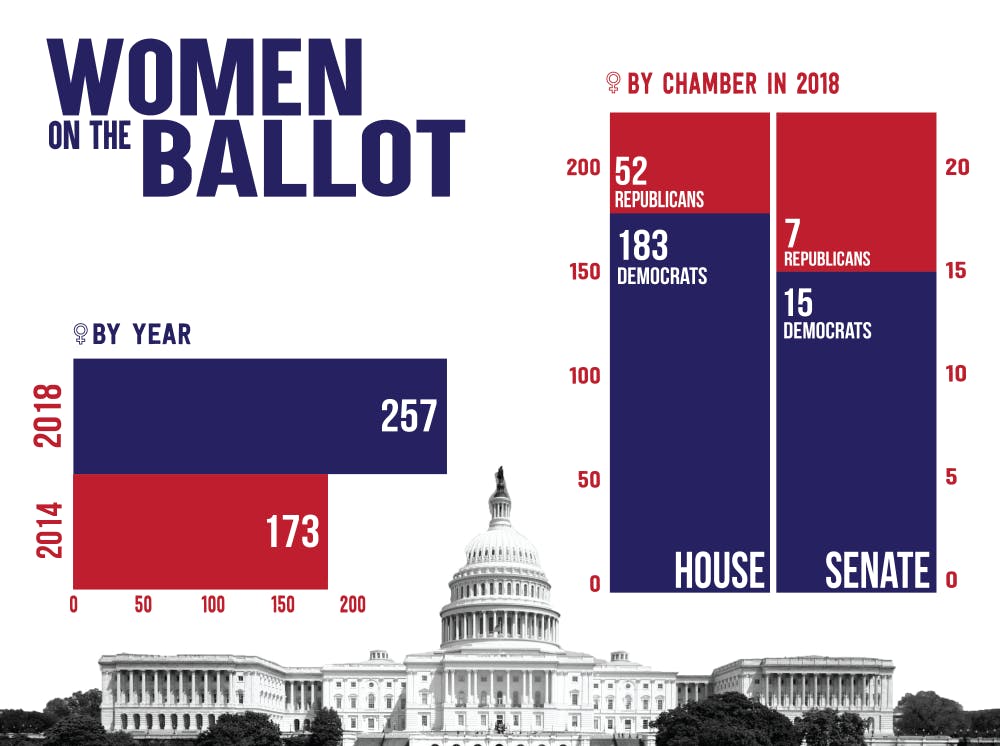
The discrepancy in female candidates running as Democrats and Republicans is clear, but College junior Ariela Stein said she does not think this disparity is due to party politics.
Stein, who has been a member of College Republicans' executive board, said there have been “really strong” female Republican leaders in the current cabinet and some “Republican female senators that are very strong and empowered.”
Teele said this discrepancy between parties may be due to an increase in Democrats running in this midterm season. She hypothesized the increased involvement may be related to the young Democrats who supported Bernie Sanders in the 2016 presidential elections and wanted a more progressive Democratic presidential nominee than Hillary Clinton.
“More Democrats are contesting in the midterm election on average than is typically the case and since there are many women in the Democratic party, actually the vast majority of women who are in politics are in the Democratic party," Teele said. "Since that’s the case, the number of women will be greater just mathematically."
Another trend this midterm season is the high number of women running in districts that traditionally swing the opposite way.
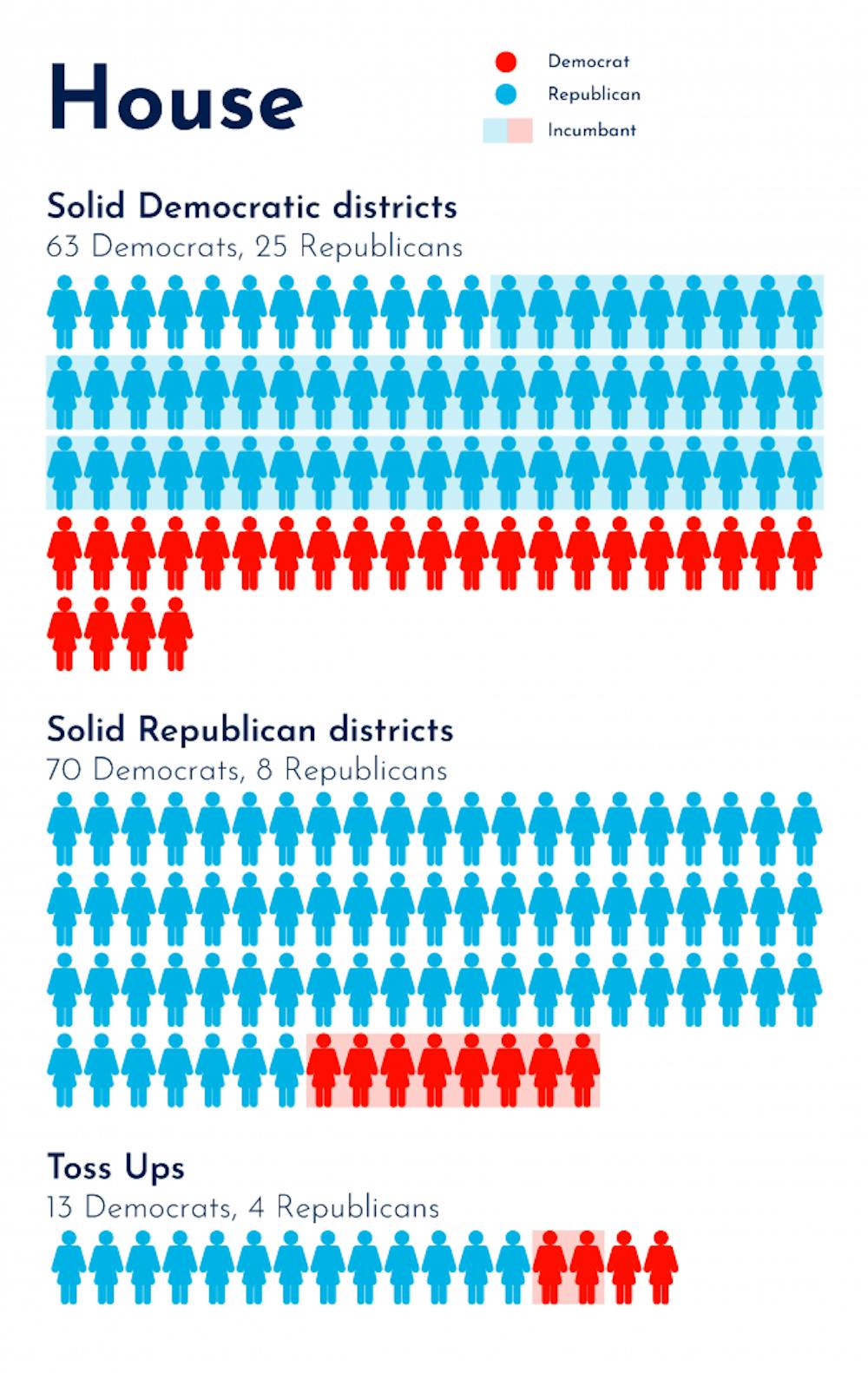
A third of female Democratic nominees are running in solid Republican districts and a little over two thirds of female Republican nominees are running in solid Democratic districts, according to a Sept. 17 study conducted by CNN. Sixty-nine female Democrats are running in solid Democratic districts while 72 female Democrats were running in solid Republican districts. Conversely, 27 female Republicans were running in solid Democratic districts while nine Republicans were running in solid Republican districts.
Given this trend, Teele said not to have “unrealistic expectations” about women emerging victorious, causing states to flip their historical political standing. She noted, however, that even if these women lose, the implications of the record-breaking female nominees would still be far reaching in the future as many may choose to run again.
“There’s a very high rate of re-running among people who have lost elections," Teele said. "That rate of rerunning for the losers is just as high, or maybe slightly higher, for women than it is for men... Having more women exercise what we call their expressive political ambition where they actually file for office bodes well in the future for women's representation.”
The Daily Pennsylvanian is an independent, student-run newspaper. Please consider making a donation to support the coverage that shapes the University. Your generosity ensures a future of strong journalism at Penn.
Donate




